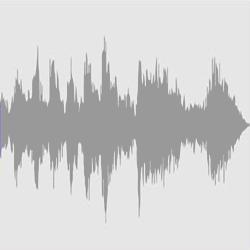Coronary artery disease is caused by the narrowing of the blood vessels of the heart.
There is the so-called “stable” coronary artery disease, i.e., no symptoms occur during physical rest.
A large and important clinical study, the ISCHEMIA trial, has been conducted in such patients.
The patients were divided into two groups: 1) guideline-based drug therapy only, meaning they were treated with tablets only, or 2) the guideline-based drug therapy plus an additional intervention on the heart with a catheter.
However, an intervention on the heart with a catheter, although quite rare, can cause side effects, very rarely even severe side effects.
This landmark clinical study in cardiology, the so-called ISCHEMIA trial, showed the following results:
Guideline-based drug therapy only, that is, tablets only, is better in patients with stable coronary artery disease.
Except in a very specific subgroup, namely, patients with more severe angina.
And a well-known professor warns us not to extrapolate these results to other patients who were not included in this clinical study, for example, patients with “left main disease,” i.e., patients with involvement of the main stem of the left coronary artery.
Публикация
Medicine: Invasive or conservative therapy for coronary artery disease?
Подкаст
News from the World of Medicine









